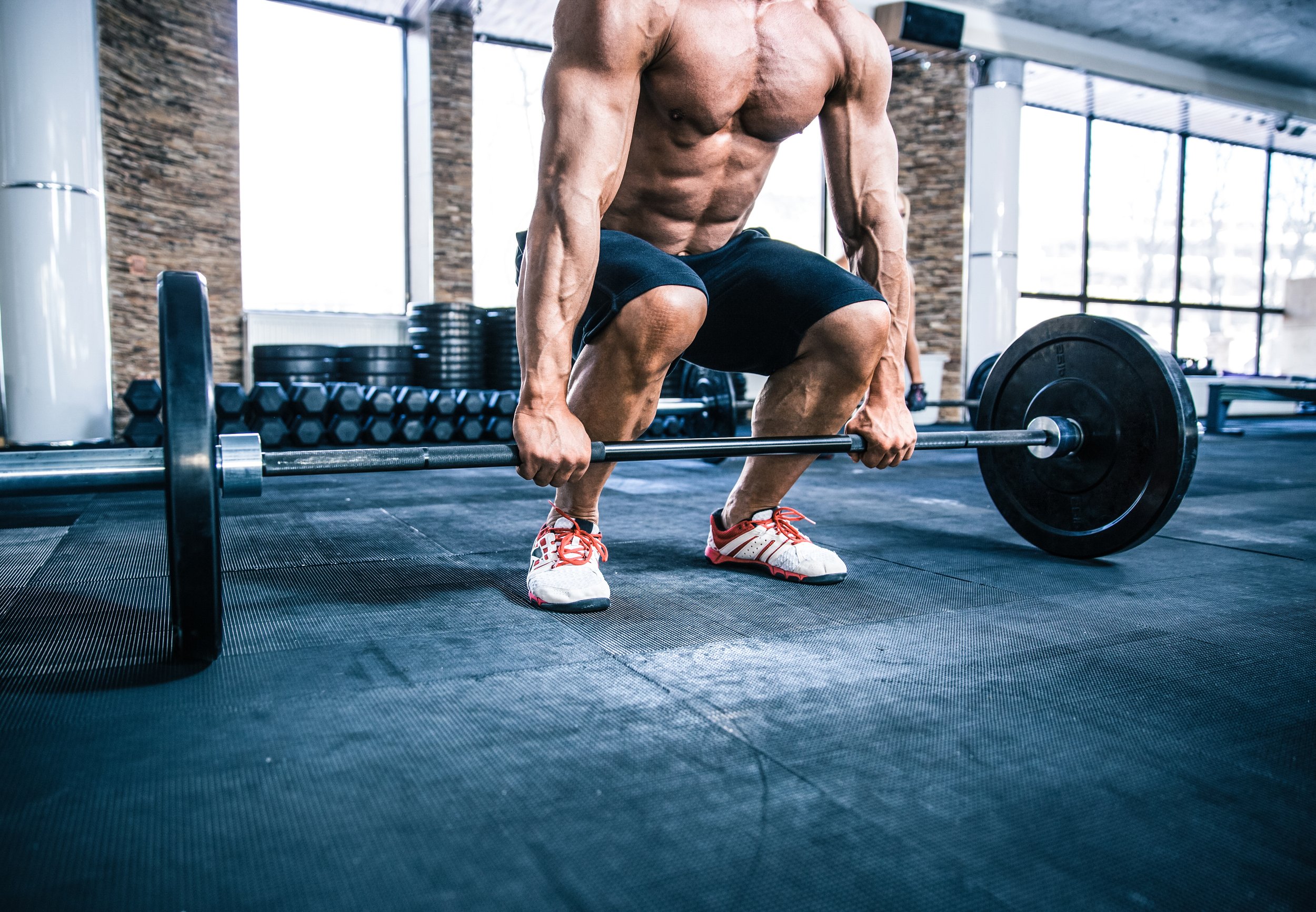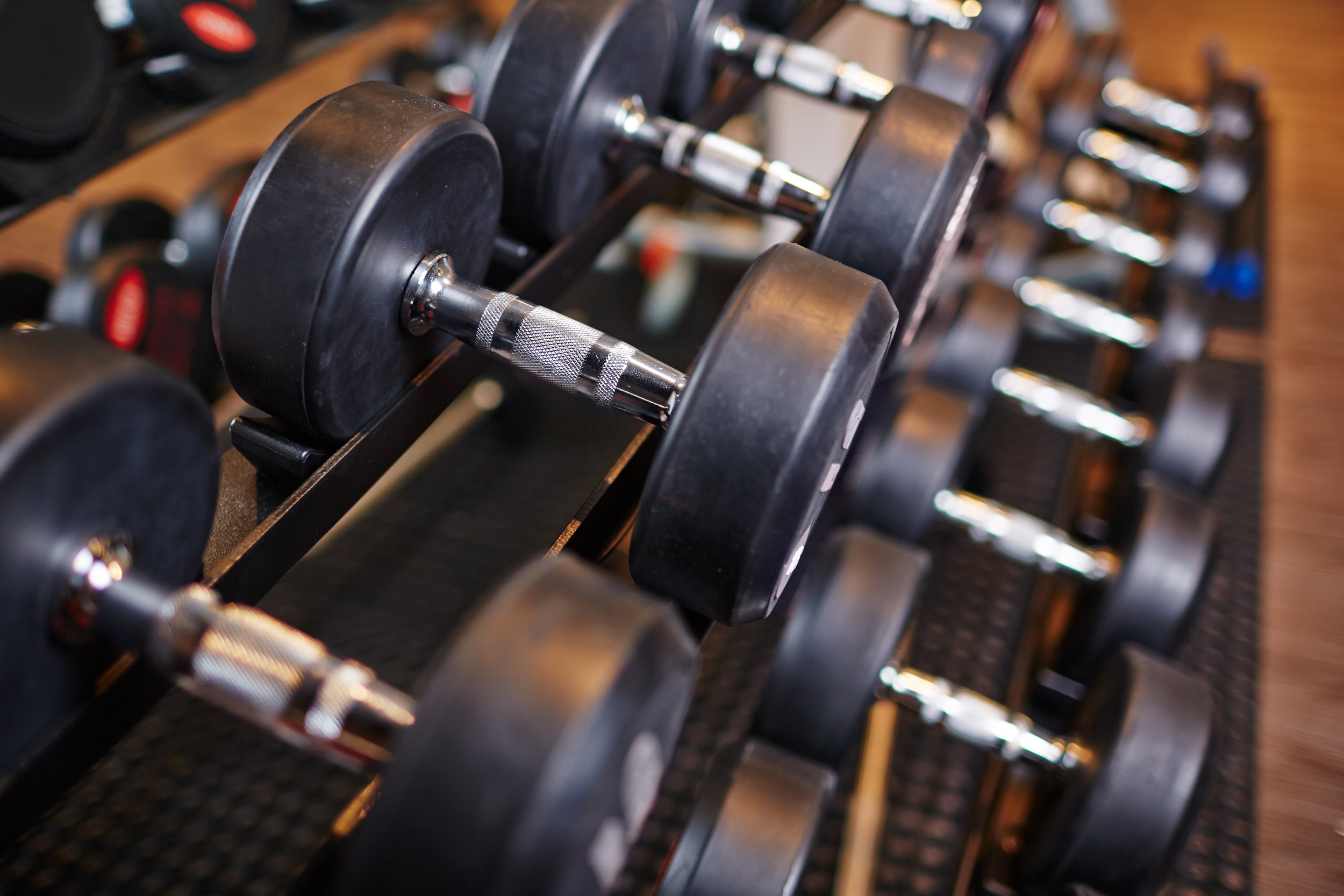Women In The Weightroom
Takeaway Points:
Historically, assumptions about the differences between men and women, as well as the emphasis for women’s exercise being focused on being attractive to men, have been used as excuses to exclude and alienate women from the weightroom.
Women often deal with unwanted attention at the gym including undesired flirtation and sexual harassment, and criticism in regards to their body composition and exercise choices. They also have to fight the stigma of “looking too manly” if they have visible muscle or don’t fit the onlooker’s definition of feminine.
Although weight lifting and strength training has become more popular among women, there is still room to be more inclusive and welcoming.
This article is an updated version of an older article originally published on 4/1/13. It has been updated in part to reflect how the industry has changed and improved in the over 10 years since the original article was written.
Everyone has a place in the weightroom, regardless of their gender, age, or level of experience.
Unfortunately, women face a lot of challenges when it comes to the gym.
Training
It’s commonly believed that women need to train significantly differently than men.
It’s certainly true that women need to train differently than men, but the differences are more due to differences in preferences and capability. Women will tend to be shorter and lighter, and as a result have lower metabolisms and less muscle/strength. This presents some real differences and unique challenges, but doesn’t make training for a woman significantly different than for a man of roughly the same size, for example.
Unfortunately, even though the difference is (relatively) minor, this leads to the acceptance that because there is ANY degree of difference, this can justify the idea that they must naturally be VERY different.
Specifically, many ‘women’-oriented training strategies have emerged. Often, this revolves around small weights with very high repetition sets, an emphasis on cardio and lower body training, and fearmongering that training like a man will make you look like one. There is no scientific evidence behind these strategies, which are largely just invented by trainers looking to differentiate themselves in a crowded market.
Thankfully, this bad belief seems to be, at least somewhat, on its way out. The popularity of CrossFit in the 00’s-10’s led to a massive popularization of weightlifting for female lifters, and the popularization of strength training for women. As a result, the fit female archetype changed from being ultra-skinny and doing a ton of cardio, to including women who are generally stronger and more muscular, and have more well-rounded athletic physiques while still being perceived as feminine.
The ‘Look Like A Man’ Stereotype
The ‘looking like a man’ stereotype, as discussed above, is thankfully mostly on its way out, but it still comes up quite a lot in general discussions of female fitness.
The idea was partly spurred by the practice of female bodybuilding.
Formerly, there was not much of a cultural place for generally fit women. The general expectation was that women should be lean and light, and do a lot of cardio.
Still, there was some interest in heavy lifting for female bodybuilding, which typically involved the use of anabolic steroids to achieve very muscular physiques not normally achievable for women. This led to the mistaken belief that ALL women would look like this if they lifted heavy weights, and accordingly the fear that lifting heavy weights would immediately create such an excessively muscular physique.
Unfortunately, even today this myth still somewhat perseveres. Some men and other gender-critical people use the criticism that specific athletes they don’t like have unattractive physiques because “they look too much like men.”
Of course, this isn’t really any of their business, and women’s sexual attractiveness is certainly not the only reason that they go to the gym.
Weightroom Discrimination
Women have the right not to be discriminated against in the weightroom. Unfortunately, in practice, this is not always the case.
At one gym I worked at, we observed a man who would follow women around the gym. A woman would get on a cardio machine, he would get on the machine next to her and strike up a conversation. She would get off the machine and move, and he would wait a few minutes as if to be sneaky, before moving again to another machine near her to follow her. This continued a few times, before she eventually complained to us. We sternly warned him against repeating this behavior, but he kept doing it - eventually, we had to revoke his membership for violation of the terms of his agreement for harassing another member.
Women will often face unwanted flirtation in the gym - it’s not a place to try to pickup women, but men will often find lots of excuses to interact with women. When we go to the gym together, my wife has regularly been approached by other guys looking to give her ‘advice’ and they often run off when I return. Likewise, men will often act like they must immediately know better than women in the gym, and offer them unwanted and often unhelpful advice, or outright criticism of their bodies or workout.
Additionally, many women face the challenge of being intimidated by the weightroom. Since gyms are often divided by equipment types, this means that women are more accustomed to the machines, the cardio section, and group training/classroom areas, while men tend to dominate in the free weight section. This can often be intimidating for newer exercisers who feel that they don’t know what they’re doing, and fear they may be mocked by others in the weightroom. This is especially a problem when the gender balance tends to lean towards men, though I’ve seen that in recent years that women are more often represented in the weightroom, and accordingly this has a positive feedback loop where the presence of women likely makes it easier for other women to feel comfortable working out in the weightroom in the future.
What’s Next?
My hope is that in the future, women will be more excited to lift weights, and more accepted in the weightroom, and that men will learn how to better behave around this change.
A good fitness program for lifters of all ages, genders, and goals includes some amount of cardiovascular training, some amount of flexibility/mobility work, and some amount of lifting weights. The proportion of effort put into these different forms of training will vary depending on your training goals and personal preferences.
This is an updated version of an article I originally wrote around 2012, and I’m pleased by how much things have changed since then. I remember that when I started out as a trainer, it was far less common to see women in the weightroom, and there was a lot more weirdness around it. Since then, it’s become much more common for women to lift and everyone’s better for it. The original article was a bit annoyed and angry about the current state of the industry. I’m pleasantly surprised by how much progress has been made since then.
About Adam Fisher
Adam is an experienced fitness coach and blogger who's been blogging and coaching since 2012, and lifting since 2006. He's written for numerous major health publications, including Personal Trainer Development Center, T-Nation, Bodybuilding.com, Fitocracy, and Juggernaut Training Systems.
During that time he has coached thousands of individuals of all levels of fitness, including competitive powerlifters and older exercisers regaining the strength to walk up a flight of stairs. His own training revolves around bodybuilding and powerlifting, in which he’s competed.
Adam writes about fitness, health, science, philosophy, personal finance, self-improvement, productivity, the good life, and everything else that interests him. When he's not writing or lifting, he's usually hanging out with his cats or feeding his video game addiction.
Follow Adam on Facebook or Twitter, or subscribe to our mailing list, if you liked this post and want to say hello!
Enjoy this post? Share the gains!
Ready to be your best self? Check out the Better book series, or download the sample chapters by signing up for our mailing list. Signing up for the mailing list also gets you two free exercise programs: GAINS, a well-rounded program for beginners, and Deadlift Every Day, an elite program for maximizing your strength with high frequency deadlifting.
Interested in coaching to maximize your results? Inquire here.
Some of the links in this post may be affiliate links. For more info, check out my affiliate disclosure.







